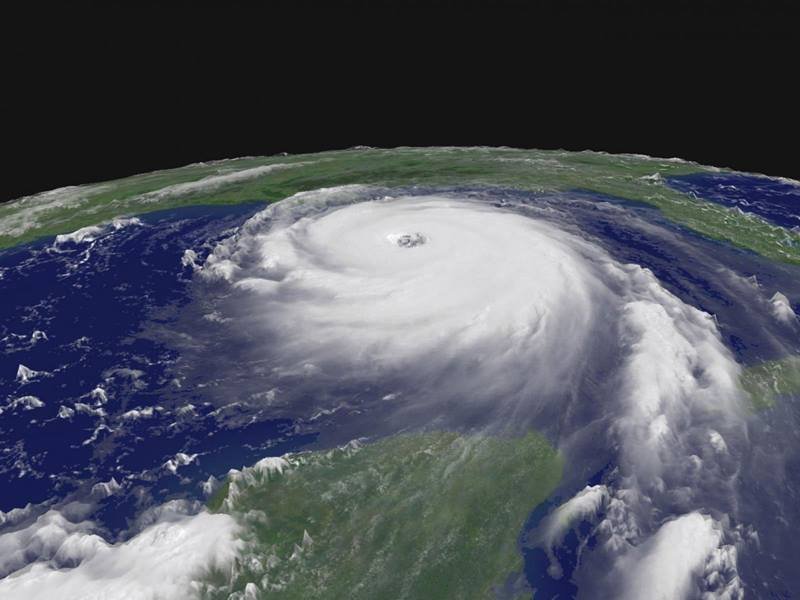The Science
Infrastructure planning requires accurately predicting how tropical cyclones respond to environmental changes. To make those predictions, researchers use Earth system models. These computer-based models of the planet’s climate integrate the atmosphere, ocean, land, ice, and living organisms. Earth system models usually run at low resolution and poorly simulate storm behavior. This limits how well they predict cyclones. In this research, scientists analyzed tropical cyclones simulated by the Department of Energy’s Energy Exascale Earth System Model (E3SM). The researchers compared low and high resolutions to examine how well they simulate storm characteristics such as frequency and intensity. They found that high resolution is significantly better at simulating tropical cyclones and their interactions with the ocean. This underscores the value of higher resolution. At all resolutions, systematic coupled biases in the models introduced errors in simulating storm activity, notably in the subtropics. This points to the need for future improvements.
The Impact
This study demonstrates that the high-resolution version of E3SM is a valuable tool for tropical cyclone research. This version produces a useful representation of factors relevant to predicting the effects of hurricanes. For example, it is useful for storm surge and flooding predictions. The model is particularly useful for studies focusing on global tropical cyclone climatology and the role of air-sea coupling in these storms. The research also suggests that reducing biases in coupled sea surface temperature would improve model’s ability to simulate tropical cyclones.
Summary
Researchers analyzed version 1 of the E3SM model at both low/standard (1o atmosphere) and high resolution (0.25o atmosphere). Compared to the low-resolution simulation, the high-resolution model noticeably improves the representations of salient tropical cyclone features such as the seasonal cycle, global frequency, lifetime maximum intensity, and distribution among different basins. However, the model produces spurious activity in the subtropical southeast Pacific and the south Atlantic at both resolutions. An investigation of the large-scale tropical cyclone environment reveals that this spurious activity is likely the result of errors in the thermodynamic potential intensity caused by inaccuracies in sea surface temperature modeling. An examination of tropical cyclone-ocean interactions suggests that the model can realistically resolve both the upper-ocean response to these storms and the ocean’s feedback to the storms. Finally, the researchers found that the influence of the El Niño-Southern Oscillation on tropical cyclones in the model has the correct sign but is weak relative to observations.
Funding
This work was sponsored by the Energy Exascale Earth System Model project, funded by the Department of Energy Office of Science, Biological and Environmental Research (BER) program. This work was also supported by BER’s Water Cycle and Climate Extremes Science Focus Area.


